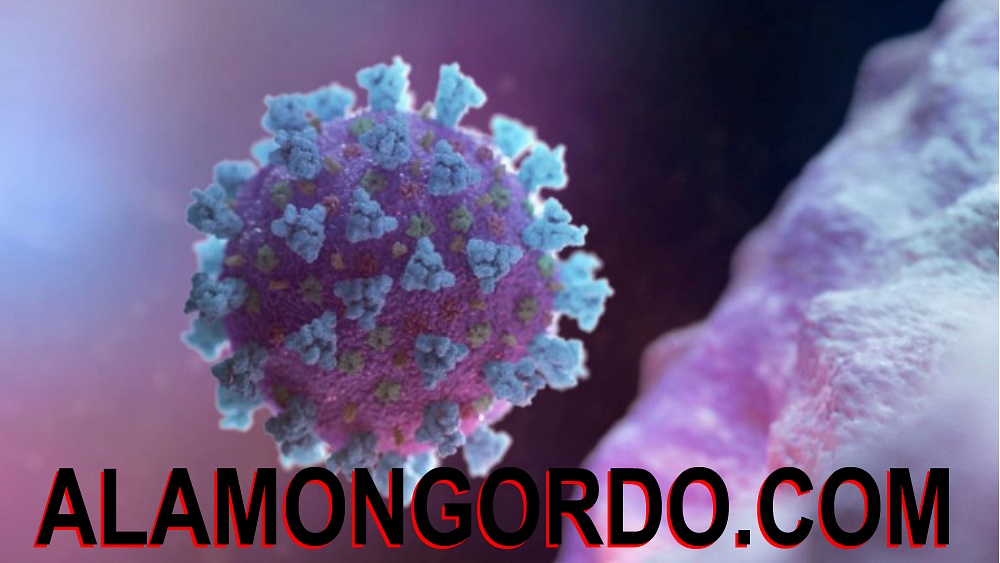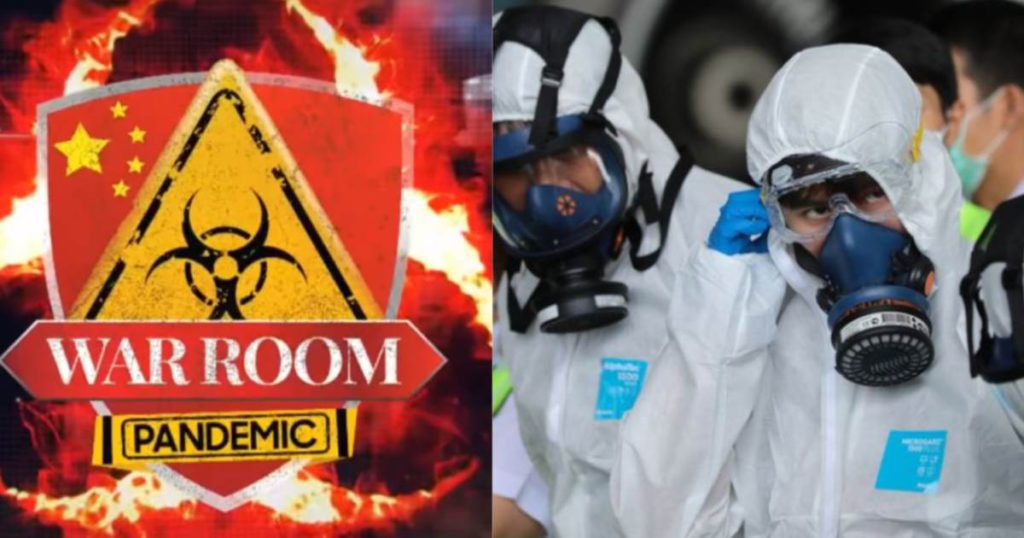COVID-19 lies to keep Chinese economy going
Over the past 70 years, the Chinese Communist party has subjected its country to a succession of manmade catastrophes, from the Great Famine, the Cultural Revolution and the Tiananmen Square massacre, to the forceful suppression of rights in Hong Kong and Tibet, and the mass internment of Uighurs in Xinjiang. Official coverups and corruption have multiplied the death toll of natural calamities, from the Sars virus to the Sichuan earthquake.
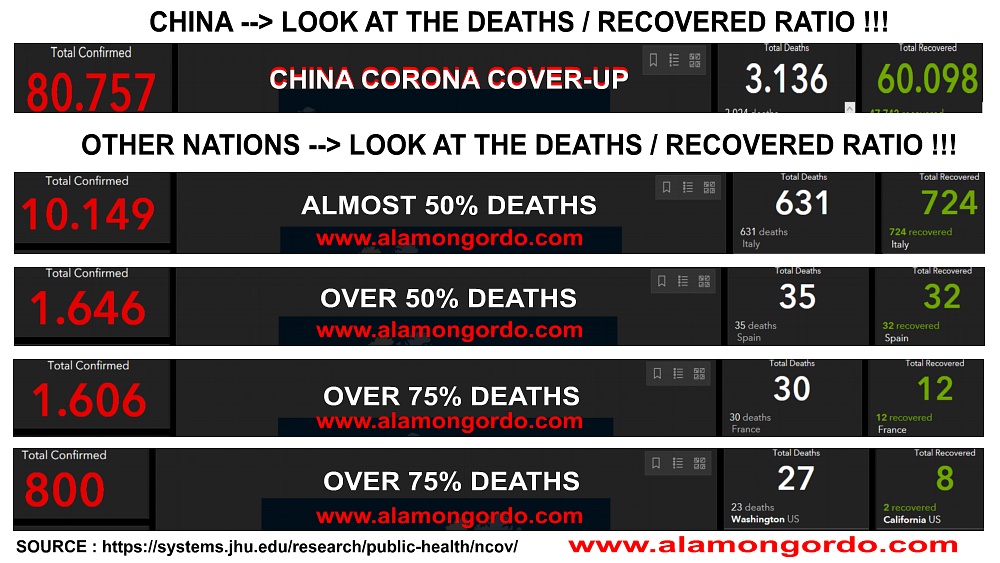
Xi Jinping’s mishandling of the CoronaVirus Pandemic must now be added to the party’s shameful list of crimes. With serious outbreaks occurring in Japan, South Korea, Iran and Italy, it is clear that the virus of Xi’s totalitarian rule threatens the health and freedoms not only of the Chinese people, but of all of us everywhere.
PROPBABLY OVER 3 MILLION INFECTED CHINESE PEOPLE !
Xi’s vacuous, self-aggrandising ideological vision lies at the heart of this global crisis. When he was appointed party leader in 2012, he announced his “China dream” of national rejuvenation, promising that the country would be moderately prosperous by the party’s 2021 centenary, and fully advanced into global economic hegemony by the republic’s centenary in 2049. Xi vowed that, by then, the world would concede that his one-party dictatorship is superior to the mess of liberal democracy.
Appointing himself “president for life”, Xi now has more power than any party leader since Mao Zedong, and has crushed all dissent by attempting to build a hi-tech totalitarian state. The Communist party is an insidious pathogen that has infected the Chinese people since 1949. But under Xi’s rule, it has mutated into its most sinister form, allowing capitalism to grow rapaciously while reaffirming Leninist control. The promise of wealth and national glory has blinded many Chinese people to the chains around their feet, and to the barbed wire around the faraway internment camps.
OFFICIAL CORONA / COVID-19 FIGURES – 50% DEATHS ?!?
In a speech on 31 December 2019, Xi heralded triumphantly a new year of “milestone significance in realising the first centenary goal!” Naturally, he didn’t mention the mysterious pneumonia reported that day by health authorities in Wuhan, Hubei province. Although the World Health Organization had been notified, the Chinese people were largely kept in the dark. How could an invisible bug be allowed to dampen the glory of Xi’s China dream?
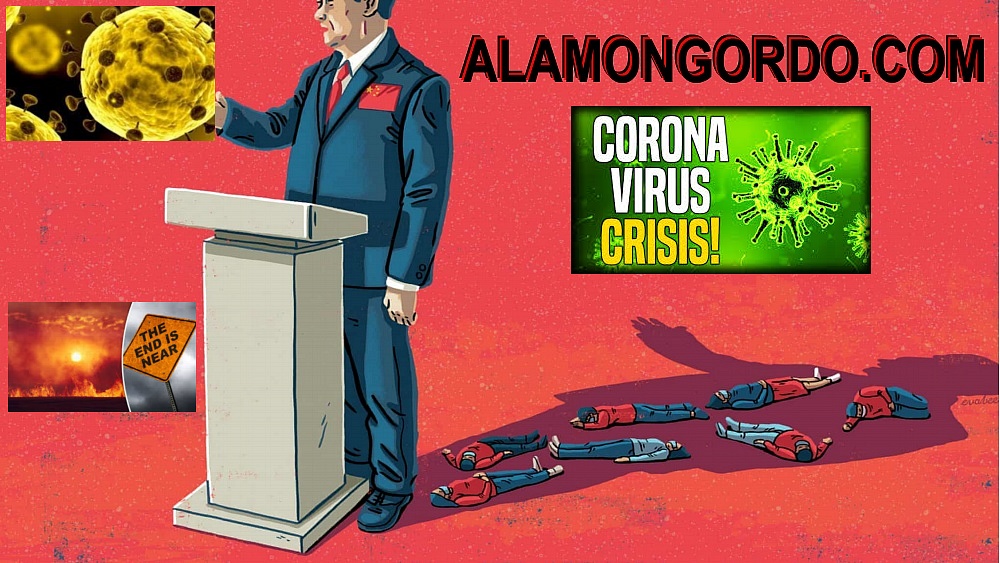
In times of crisis, the party always places its own survival above the welfare of the people. Li Wenliang, an ophthalmologist at Wuhan central hospital, has become the tragic symbol of this disaster. On 30 December, he notified his former medical classmates on WeChat that seven people with an unspecified coronavirus, which reminded him of Sars (the virus that killed almost 800 people in 2003), were in quarantine at his hospital, and advised them to protect themselves. In any normal society, this wouldn’t be considered subversive – but in China, even a small act of kindness, a cautious and private alert to colleagues, can land a person in political danger. On 3 January, Li was reprimanded by police – he then went back to work, and within days contracted the virus.
Over the next two weeks – the critical window of containment – authorities claimed the problem was under control. But coronavirus is indifferent to the vain desires of despots. Left unchecked, it spread. By the time Xi deigned to publicly acknowledge the outbreak, on 20 January, ordering it to be “resolutely contained”, it was too late.
On 23 January, Wuhan was placed in lockdown. Yet on that same day, at a reception in Beijing, Xi merely stressed the need to “race against time and keep abreast with history to realise the first centenary goal of the China dream of national rejuvenation”. Videos on WeChat and Weibo revealed the hollowness of Xi’s ambitions. There was footage of deserted boulevards in affected cities. Corpses lying unattended on pavements. A woman on the balcony of a luxury tower block striking a gong and wailing into the sky: “My mother is dying, rescue me!”
As Li lay on his deathbed on 30 January, he revealed the truth about his experience of the epidemic. Despite being a party member, he spoke to the New York Times about official failures to disclose essential information about the virus to the public, and told the Beijing-based journal Caixin: “A healthy society cannot have just one voice.” In that one sentence, he identified the root cause of China’s sickness. Xi suppresses truth and information to create his utopian “harmonious” society. But harmony can only emerge from a plurality of differing voices, not from the one-note monologue of a tyrant.
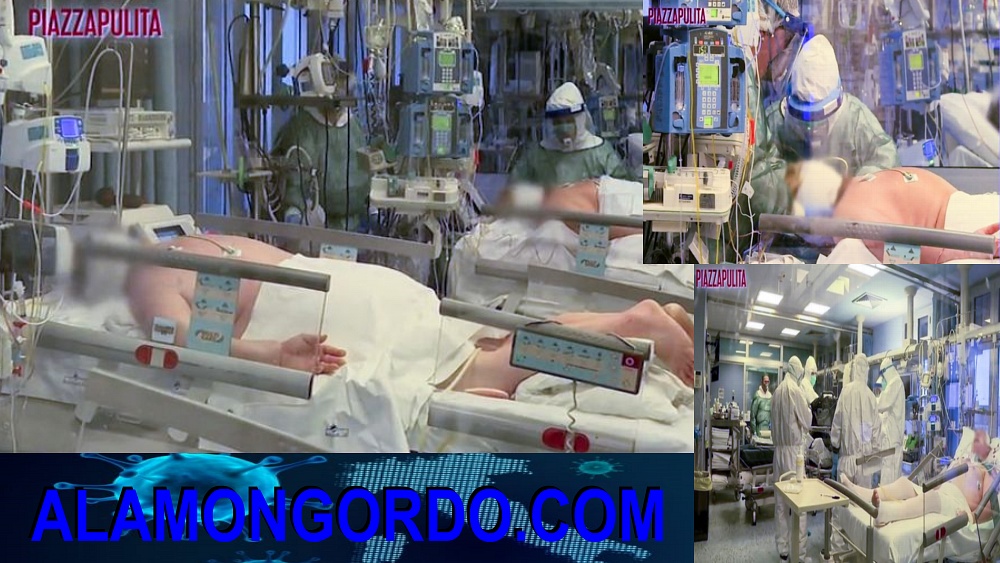
After the eruption of public grief and anger that followed Li’s death on 6 February, the government backtracked, and hailed the doctor they had muzzled “a hero”. But behind the scenes, the silencing continued: several people who documented and spoke out about state handling of the outbreak were detained.
In the thick of calamity, people finally understand that if your leaders have no regard for human life or liberty, no amount of money can save you. Entire families have been wiped out by the virus as more than 70 million people have been confined to their homes. Chinese officials have today reported 78,064 infections and 2,715 deaths, mostly in Hubei. But no one trusts the party’s figures. The only certainty about the numbers it releases is that they are the numbers it wants you to believe. In an effort to change the narrative after Li’s death, the party has called for a people’s war against the virus, and has urged journalists to replace “negative content” on social media with “touching stories from the frontline of combating the disease”. Having buried the truth about the calamity of the Cultural Revolution and other earlier crimes, the party is now dragging the nation back to its Maoist past.
Official language is being contaminated once more with military jargon; society is being divided once more into antagonist groups – not the proletariat against the bourgeoisie, but the infected against the yet-to-be-infected. Rural police post videos of their attacks on citizens who dare venture outside without a face mask.
The state media have posted photographs of pregnant nurses in hazmat suits serving on the frontline; there are masked patients in another field hospital being awarded party membership on their deathbeds, joyfully raising their fists in the air as they pledge undying loyalty to Xi. To anyone with a conscience, these sad individuals look like victims of an inhumane cult. That it is believed these snapshots could promote “positive energy” reveals the moral abyss into which totalitarianism has sunk the nation.
Meanwhile, with the epidemic still raging, Xi has ordered the country back to work, all to ensure that the economic targets of his 21st-century goals are met. Of course, he is keeping the political elite safe, though, by postponing the National People’s Congress in March. Further proof, if it was at all needed, that Xi’s China dream is a sham.
• Ma Jian is an author from Qingdao, China. He left Beijing for Hong Kong in 1987 as a dissident, and after the handover moved to London. All his books are banned in China. Check Updates Yourself @ CSSE
Source : TheGuardian

